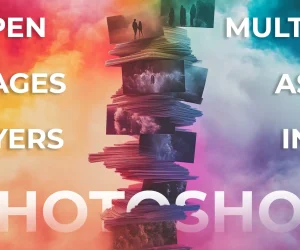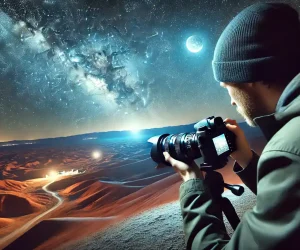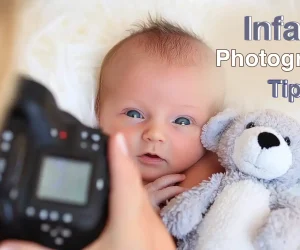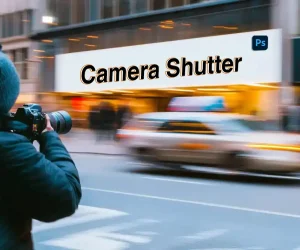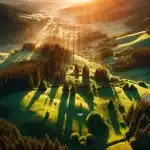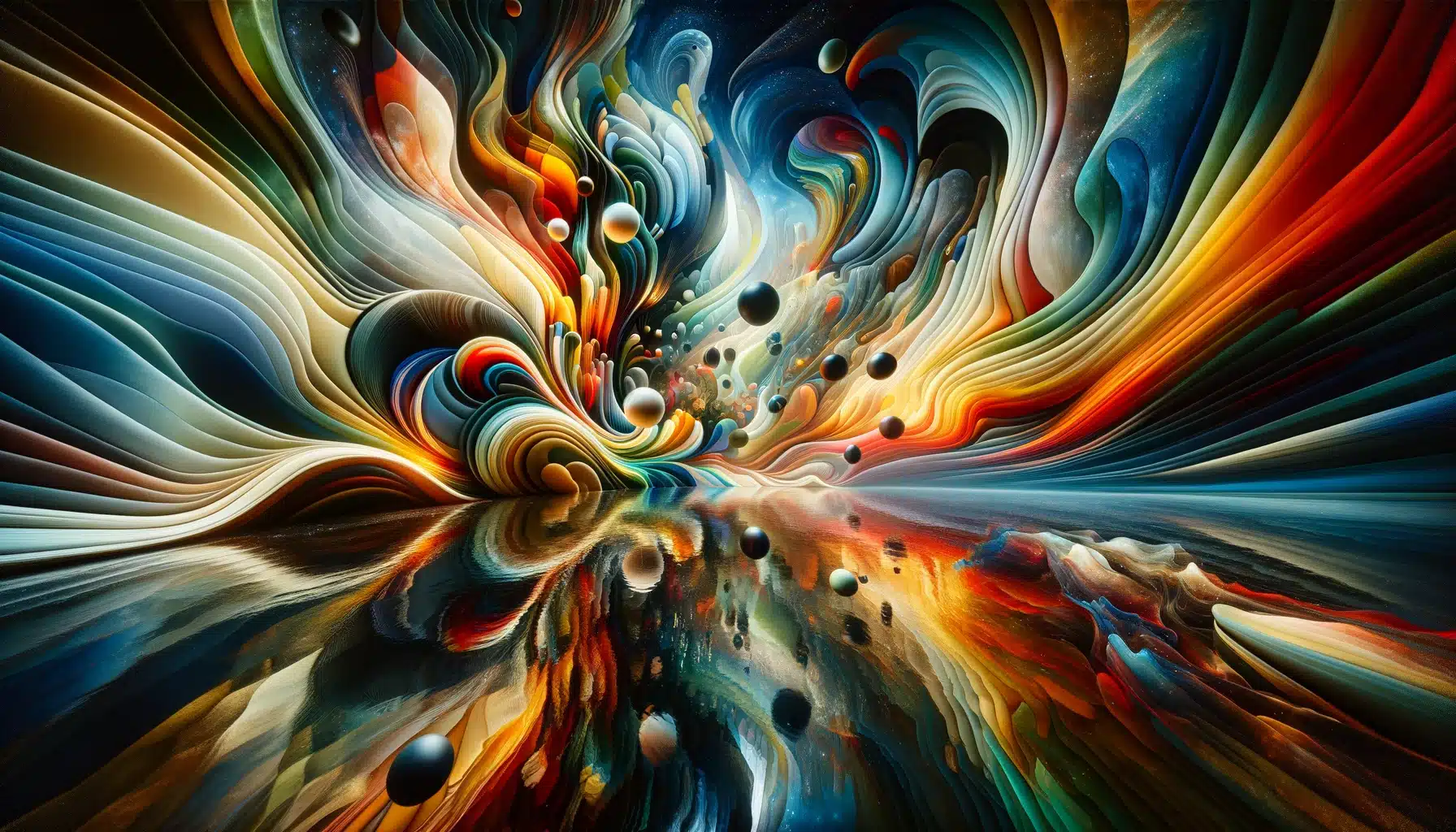
Abstract photography, often seen as the art of extracting the extraordinary from the mundane, invites viewers into a realm where color, form, and texture reign supreme. Unlike traditional photography that emphasizes clarity and precision, abstract photography thrives on ambiguity, emotion, and a certain degree of mystery. With “Tips for Abstract Photography”, we embark on a journey not just to observe, but to truly see the unseen.
Through this guide, we aim to equip both aspiring and seasoned photographers with the necessary techniques and insights to transform simple subjects into mesmerizing artworks. Whether you’re wielding a adobe DSLR in a sprawling landscape or a simple camera in the confines of your home, abstract photography opens a new lens of creative freedom and expression.
Let’s delve into the fluid and dynamic world of abstract photography, where each shot is a unique story told through the eyes of its creator. Join us as we explore how to harness light, color, and motion to create compelling images that captivate and inspire.
Table of Contents
Essentials Tips for Abstract Photography
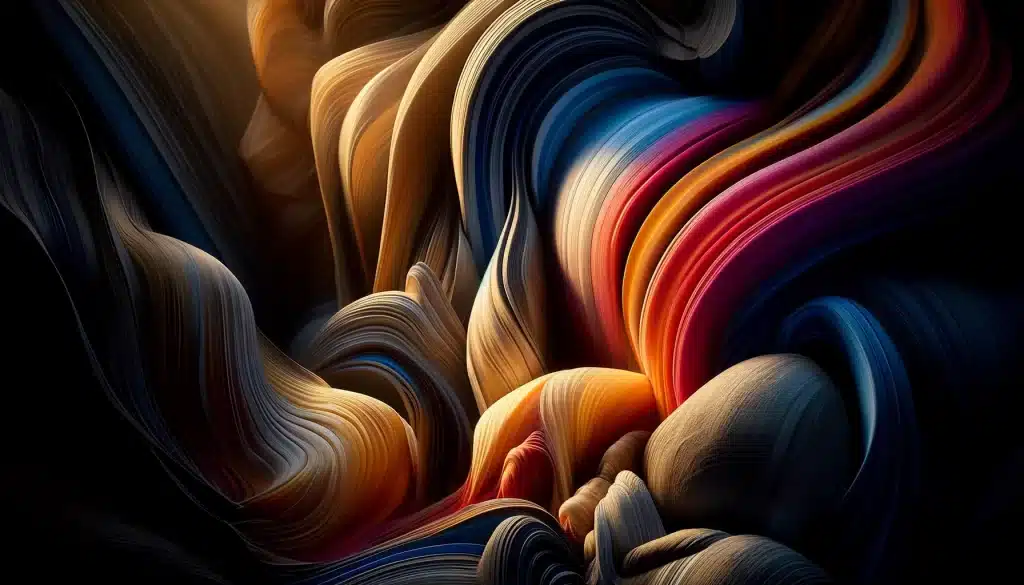
Abstract photography, a genre that focuses on the interplay of colors, shapes, and textures rather than detailed representation, requires a unique set of techniques and a different perspective. Here’s an exploration of the core elements and practices that will help you excel in creating impactful abstract photographs.
Understanding the Core Elements
- Form: At the heart of abstract photography is the concept of form. Form refers to the shape and structure of the objects you capture. It's crucial to select subjects that offer appealing, dynamic, or unusual shapes that can transform a mundane subject into a fascinating abstract piece. The emotional impact of these forms can make your images stand out.
- Color: Color is a powerful tool in abstract photography. It can attract a viewer's attention and evoke emotions, making your images memorable. Utilizing saturated colors or stark contrasts can enhance the visual appeal and keep viewers engaged with your artwork.
- Curves: Curves add a dynamic element to your photos, guiding the viewer’s eye through the image. They can serve to point out the main subject or flow elegantly across the scene, adding a sense of movement and energy.
Capturing Tips for Abstract Photography
- Macro and Close-Up Photography: Delving into macro photography allows you to capture intricate details that are not visible to the naked eye, making ordinary objects look extraordinary. Close-up photography similarly removes the context, making familiar objects appear strange and new.
- Experiment with Perspectives: Abstract photography gives you the freedom to experiment with different angles and perspectives. Shooting from a low angle, high above or close up can drastically change how a subject is perceived.
- Play with Light and Shadows: High-contrast lighting can create dramatic effects, emphasizing shapes and textures. Utilizing natural light during different times of the day can reveal varying patterns and intensities that enhance the abstract nature of your subjects.
- Use of Motion: Techniques like intentional camera movement (ICM) or long exposures can blur your subjects, lending a surreal or ethereal quality to your images. This method is effective in transforming static scenes into vibrant, dynamic artworks.
Post-Processing Tips for Abstract Photography
- Experiment in Editing: Abstract photography often benefits from creative post-processing. Techniques like overlaying images, adjusting saturation, or playing with blur can alter the reality of the photograph to something more abstract and intriguing.
- Simplify with Minimalism: Employing a minimalist approach in both shooting and editing can help focus on the essential elements of color, form, and texture, removing any distracting components from the image.
By embracing these essentials tips for abstract photography, you can develop a strong foundation in abstract photography. Remember, the key to success in this genre lies in your ability to see and interpret the world differently, beyond its literal appearance.
Equipment and Tools for Abstract Photography
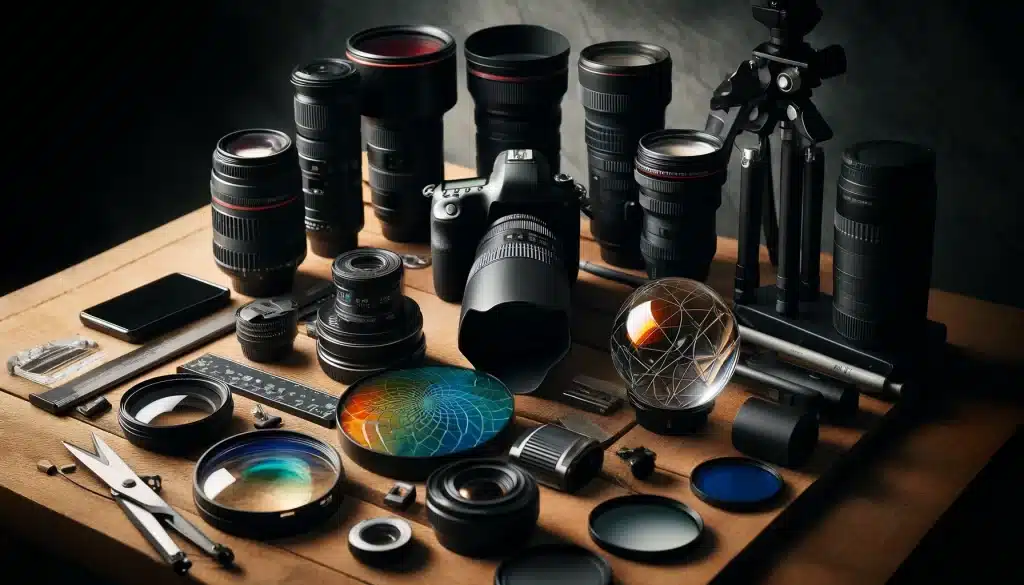
When delving into abstract photography, the equipment and tools you choose can significantly influence your creative output. Here’s a comparative table outlining various equipment and tools essential for capturing intriguing abstract photographs, highlighting their uses and benefits.
| Equipment/Tool | Description | Best For |
|---|---|---|
| DSLR Camera | Offers manual control over settings and interchangeable lenses. | High-quality images with flexibility in settings. |
| Smartphone | Portable and versatile with built-in editing apps. | Spontaneous photography and easy sharing. |
| Macro Lens | Allows close-up shots to capture fine details of small subjects. | Highlighting textures and small details. |
| Wide-Angle Lens | Captures a greater area, creating a distortion that can make images feel more abstract. | Expansive scenes with a surreal quality. |
| Polarizing Filter | Reduces glare and reflections, enhances colors and contrast in photos. | Photography involving water, sky, and foliage. |
| ND Filters | Reduces the amount of light entering the lens, enabling longer exposure times even in bright conditions. | Long exposures of moving subjects like water or clouds. |
| Tripod | Provides stability for sharp images in low light conditions or when using slow shutter speeds. | Long exposure and low light photography. |
| Lensball | A crystal ball that offers a unique perspective and distortion, turning typical scenes into abstract art. | Creative distortions and focal effects. |
| Prisms/Fractal Filters | Refracts light to create unique visual effects within the camera, adding artistic flares and rainbows. | Artistic shots with light effects. |
| Light Painting Tools | Tools like LED lights used to create patterns or designs in photos during long exposures. | Night photography and creative light patterns. |
Each tool, such as the polygon tool in Photoshop, can dramatically change your approach to abstract photography. From the technical features of DSLRs to the creative enhancements of prisms and lensballs, your equipment choice opens new artistic avenues. Whether using a DSLR or a smartphone, experiment to find what best suits your vision and embrace artistic expression.
Key Equipment for Abstract Photography
- Camera Choices: While DSLR and mirrorless cameras offer extensive manual controls and high image quality, don't underestimate the potential of simpler devices. Mobile phones, with their portability and increasingly sophisticated cameras, can also capture stunning abstract images. The ability to experiment with different apps and filters right at your fingertips makes smartphones a viable tool for abstract photography.
- Lenses: The choice of lens can dramatically affect the outcome of abstract photographs. Wide-angle lenses can distort perspectives wonderfully for abstract effects, while macro lenses are perfect for extreme close-ups, capturing intricate details that are often overlooked.
- Filters: Filters are indispensable in photography. Polarizing filters reduce glare and enhance colors and contrast, especially valuable in abstract photography where color and form are key. Meanwhile, ND filters regulate light intake, enabling longer exposures in bright conditions. This feature is essential for creating abstract blur effects, adding depth to images. Incorporating these filters into a photographer's toolkit enhances both quality and creativity, producing captivating images that engage viewers.
- Tripods: A sturdy tripod is vital for achieving sharp images, especially in long exposure photography where even minor movements can blur the image.
Creative Tools and Accessories
- Lensball: This simple yet powerful tool offers a new perspective by creating a fisheye-like effect and can turn a mundane scene into a surreal experience.
- Prisms and Fractal Filters: Prisms can bend light to create stunning visual effects, and fractal filters can add a unique, creative twist to your photographs.
- Light Painting Tools: Tools like LED lights or even steel wool (used with caution) can be used for light painting, adding dynamic, glowing patterns to photos which is a popular technique in abstract photography.
Additional Gear
- Software: Post-processing software like adobe photoshop and lightroom are invaluable for abstract photographers, allowing extensive manipulation of images to alter colors, blend images, and apply various artistic effects to enhance the abstract quality of the photos.
- Experimental Accessories: Don't hesitate to experiment with homemade filters or even items like a piece of colored glass or fabric to alter the appearance of your photographs directly from the camera.
Abstract photography is about breaking rules and experimenting, and the right tools can expand your creative possibilities tremendously. Whether you’re using advanced camera equipment or simple props, each piece can contribute uniquely to the art of abstract photography.
Lighting Techniques for Abstract Photography
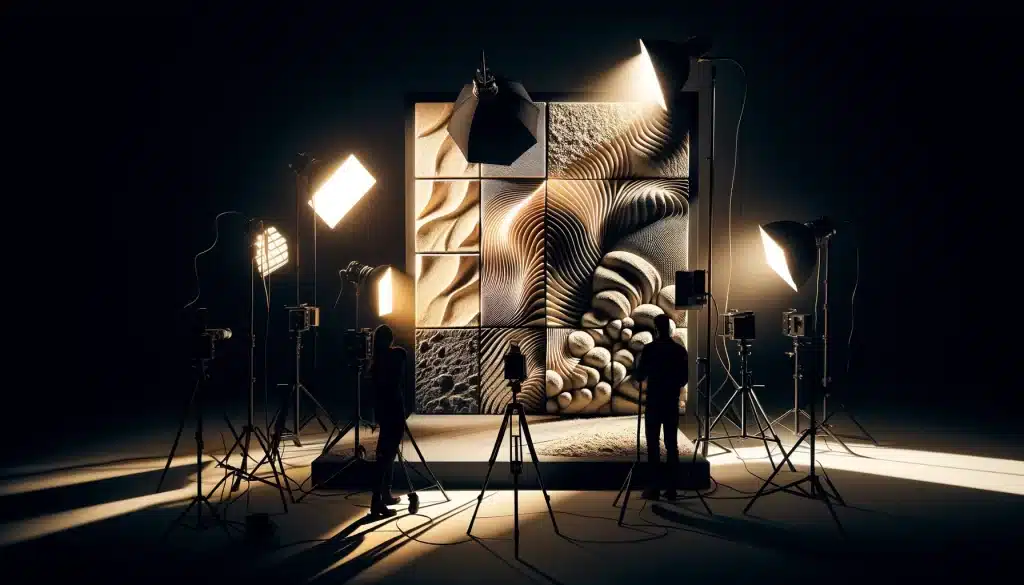
Abstract photography thrives on innovative lighting techniques to accentuate forms, colors, and textures, often transforming the ordinary into the extraordinary. Here are several lighting techniques and considerations to enhance your abstract photography:
Harnessing Light and Shadow
- Contrast: Using contrast effectively is fundamental in abstract photography. Emphasize the interplay of light and shadows to create depth and visual interest in your photos. High-contrast lighting setups can define textures and shapes, adding drama to your images.
- Direction of Light: The direction from which light hits your subject significantly affects the perception of shape and texture. Side lighting can reveal detailed textures and create a dramatic mood by casting long shadows. Backlighting, on the other hand, can silhouette your subject, highlighting edges, and it contours with a glowing outline.
- Light Temperature: Different light temperatures can evoke various emotional responses due to their color tones. For instance, cooler light (higher Kelvin temperatures) can impart a serene or melancholic feel. While warmer tones (lower Kelvin values) suggest coziness or vibrancy. Understanding and manipulating light temperature is crucial for setting the mood in your abstract images.
Creative Lighting Techniques
- Bokeh: Creating a bokeh effect involves using a shallow depth of field to render parts of the scene out of focus, which can turn points of light into aesthetic, blurry circles. This technique is particularly useful for abstract photography as it adds a layer of mystique and artistic flair.
- Light Painting: This method involves moving a light source during a long exposure to create surreal and dynamic light trails. Light painting allows for creative freedom, and it can be particularly powerful in abstract photography for generating unique patterns and vibrant color streaks.
- Using Filters: Incorporating tools like polarizing or neutral density (ND) filters can alter the natural appearance of your scenes. ND filters are great for daytime long exposures, and they allowing you to capture movement in clouds or water, while polarizing filters can reduce reflections and enhance colors.
Tips for Effective Abstract Lighting
- Experiment with Textures: Light can dramatically alter the perception of textures. Experiment with different angles and intensities to highlight the unique aspects of various surfaces, which can turn a simple composition into an engaging abstract piece.
- Reflections and Refractions: Use reflective surfaces or prisms to bend and scatter light, creating intriguing visual effects and enhancing the abstract nature of your photographs.
- Adjusting Exposure: Play with different exposure settings to capture high dynamic range scenes or to isolate subjects using high-key or low-key lighting techniques.
By mastering these lighting techniques, you can significantly enhance the impact of your abstract photography, turning simple subjects into compelling artworks that captivate the viewer’s imagination.
FAQ: Tips for Abstract Photography
How to take a good abstract photo?
To take a good abstract photo, focus on simplifying your composition to emphasize forms and textures over the subject itself. Experiment with different perspectives and cropping to find the most engaging part of your scene. It’s crucial to let your creativity lead, aiming to capture feelings or concepts rather than just physical objects.
Could you outline 5 things to create an interesting abstract image?
- Experiment with Focus: Deliberately adjust your focus to enhance or obscure details, making the ordinary appear extraordinary.
- Play with Perspective: Change your shooting angle or distance to transform recognizable subjects into intriguing forms.
- Utilize Shadows and Highlights: Use natural or artificial lighting to create stark contrasts which emphasize shapes and lines.
- Edit for Impact: Employ post-processing to manipulate contrasts, saturation, and structure to highlight your subject uniquely.
- Incorporate Textures: Focus on the tactile qualities of surfaces to add depth and interest to your pictures.
What are 3-5 methods for capturing & editing abstract photography?
- Double Exposure: Combine two or more different captures to create a layered, surrealistic effect in your pictures.
- Intentional Camera Movement: Move your camera while taking a photo to introduce an element of fluid motion.
- Post-Processing Manipulation: Utilize software to alter or enhance your pictures dramatically; cropping tightly on details, or adjusting the saturation and contrast can significantly alter the perception of the scene.
- Use of Overlays: Layer graphics or additional photos over your original shot to add texture or form.
- High Contrast Editing: Boost the contrast during editing to make details pop and give the photo a bold, graphic look.
How can a photo be characterized as abstract?
A photo becomes abstract when it no longer represents the subject in a literal way; instead, it uses shapes, forms, colors, and textures to achieve an effect that is often more about evoking a mood or an idea. The work focuses more on delivering an emotional or intellectual response than on depicting reality accurately. This is often achieved by isolating details, manipulating the scenery, or employing creative post-processing.
Conclusion: Tips for Abstract Photography

In abstract photography, each shutter click can make the mundane spectacular. I recall an afternoon in an ordinary park where light and shadows helped me capture a favorite shot: a glowing leaf suspended in mid-air against deep shadows. This simple image captures abstraction’s essence, turning the ordinary into an emotional and interpretive experience.
Whether using a high-end DSLR or a smartphone, you have the potential to create compelling abstract photos. And if you’re looking to refine your skills further, dive into our comprehensive lessons on Photoshop Course and Lightroom Course. These trainings offer the tools and teachings to elevate your photography from mere shots to artful masterpieces.
Join us, and let’s paint with light and shadow, texture and form, in the boundless canvas of abstract photography.
If the “Tips for Abstract Photography” article has helped you, then Like and Share it with your friends!
Have a nice photoshoot!
Read more about: Photo Editing with Lightroom and Photoshop




